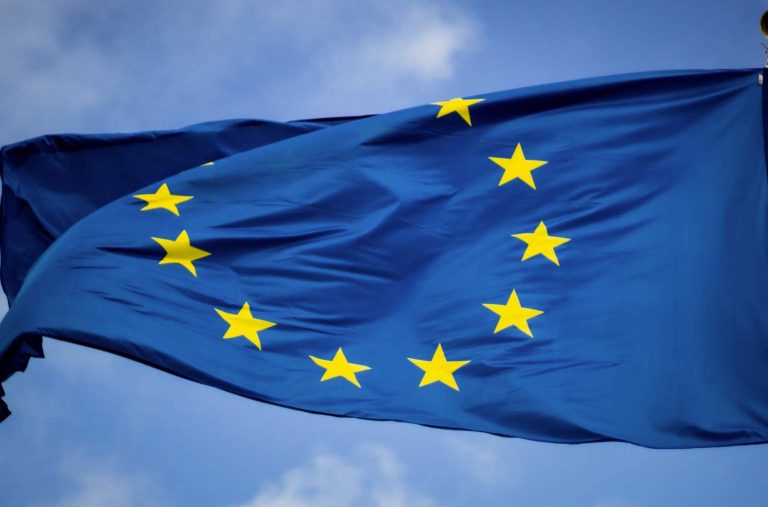
The day ahead for major currency pairs
Discussion and Analysis by Charles Porter:
In accordance with our week ahead expectations, today and tomorrow will be another testing and opaque period for major currency pairs. Today’s events will be followed closely because each contains the propensity to arrest or enhance the current trend of a strong Euro, a weak dollar and a week pound that have characterised the recent period.
Whilst the current mechanisms behind these currency trends can be simplified into two strands, macroeconomic versus political uncertainties, only the former is likely to be influenced by today’s announcements. It is plausible, however, that by the end of the week, the political uncertainty that affects Pound Sterling and US Dollar currency pairs will be reduced. This is possible because once Prime Minister Theresa May’s visit to Japan is concluded and further information on President Trump’s tax reform intentions are announced, political commitment as well as future economic certainty will be created.
Immediately, the macroeconomic events that will be watched closely are the Spanish flash estimate of the Consumer Price Index (CPI) and a similar publication of the German inflation rate. These two events should attract increased attention due to their ability to forebode and contextualise the Eurozone-wide inflation results release that is scheduled for tomorrow. This attribute of today’s inflation index data therefore makes it likely that market volatility and reactiveness will be exacerbated by any unanticipated changes.
As the largest economy by Gross Domestic Product within the Eurozone, Germany’s CPI figure will attract relatively more attention due to its concomitant influence upon tomorrow’s aggregate Eurozone inflation rate. Inflation is especially important to exchange rates as an indicator of the macroeconomy and its correlation to the business cycle. It therefore serves as a gauge of the need for fiscal and monetary retraction or stimulus. Especially within the current market, it will be interpreted as a qualification of the anticipated tapering or ending of Quantitative Easing (QE) and any impending interest rate hike.
However, Eurozone inflation is even more important than this. Today, rhetoric has once again surrounded the Euro as a suboptimal currency area. Therefore, unlike any other unified or national currency, the disparity of Eurozone member states’ inflation rates is arguably just as important as aggregate Eurozone inflation. Suboptimal currency area studies can be proxied as the cost of a monetary union. The cost of a monetary union is associated with the loss of national monetary instruments and, by corollary, a commitment to a one-size-fits-all, union-size-fits-all, monetary policy.
Therefore, disparate inflation rates will indicate the constraints upon the European Central Bank (ECB) in their attempt to control the macro-economy through monetary policy. Notably disparate Eurozone national inflation rates would also bring the independence of the ECB into question. ECB independence would be questioned by its monetary policy output and its bias to either sustain the status quo, or, to prioritise inflationary or deflationary pressures. Independence doubts would therefore ensue depending upon whether this prioritisation (intentionally or incidentally) accords to political-economic bargaining power within the Union or not. Therefore, any credible analysis of future interest rate hikes and the revision of QE stimulus must consider idiosyncratic national stances within the aggregated Eurozone figure.
Related Insights

Daily Brief – Poland
Poland June 2025 will go down as a milestone for the energy sector in Poland as it was the first month that renewable energy overtook fossil fuels as a proportion of Poland’s total energy requirements. Poland is one of the highest emitting countries only behind China, Kuwait, South Africa, and Kazakhstan and despite coal consumption […]

Daily Brief – Sterling
Sterling No sooner had the financial press written that Sterling was on the skids due to the Chancellor being on the way out, than PM Starmer woke up to the need for some TLC for his beleaguered Chancellor and executed a handbrake turn to administer some gruesome bedside cheer to the apparently on life support […]

Daily Brief – EU Inflation
EU Inflation With the ECB annual symposium meeting in sunny Sintra, Portugal, inflation is very much on President Lagarde’s mind ; that is because it is showing signs of rising with the monthly inflation rate showing an increase of 0.3% and that presages a break above the target 2% rate just as she and her colleagues […]


 Humphrey Percy
Humphrey Percy